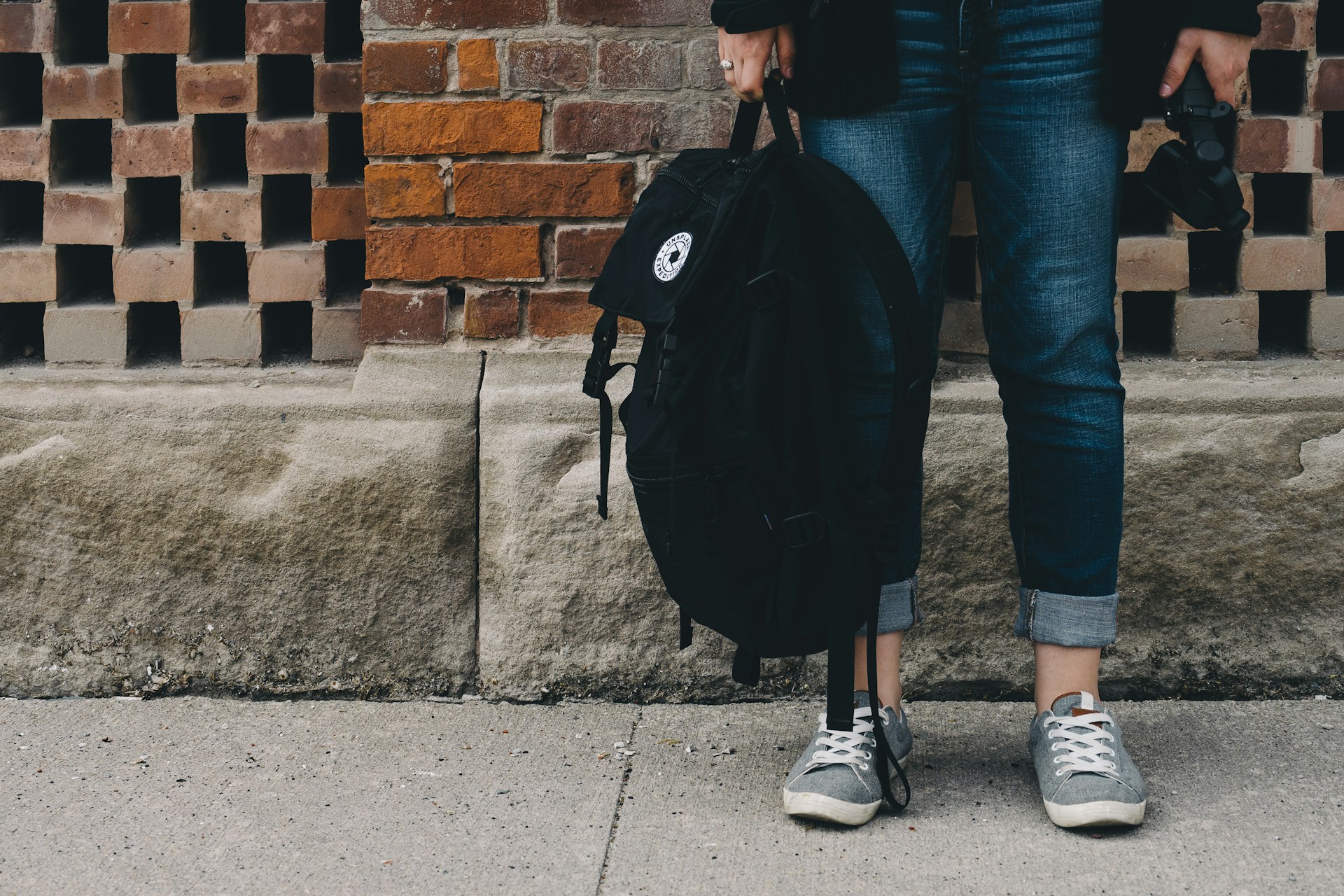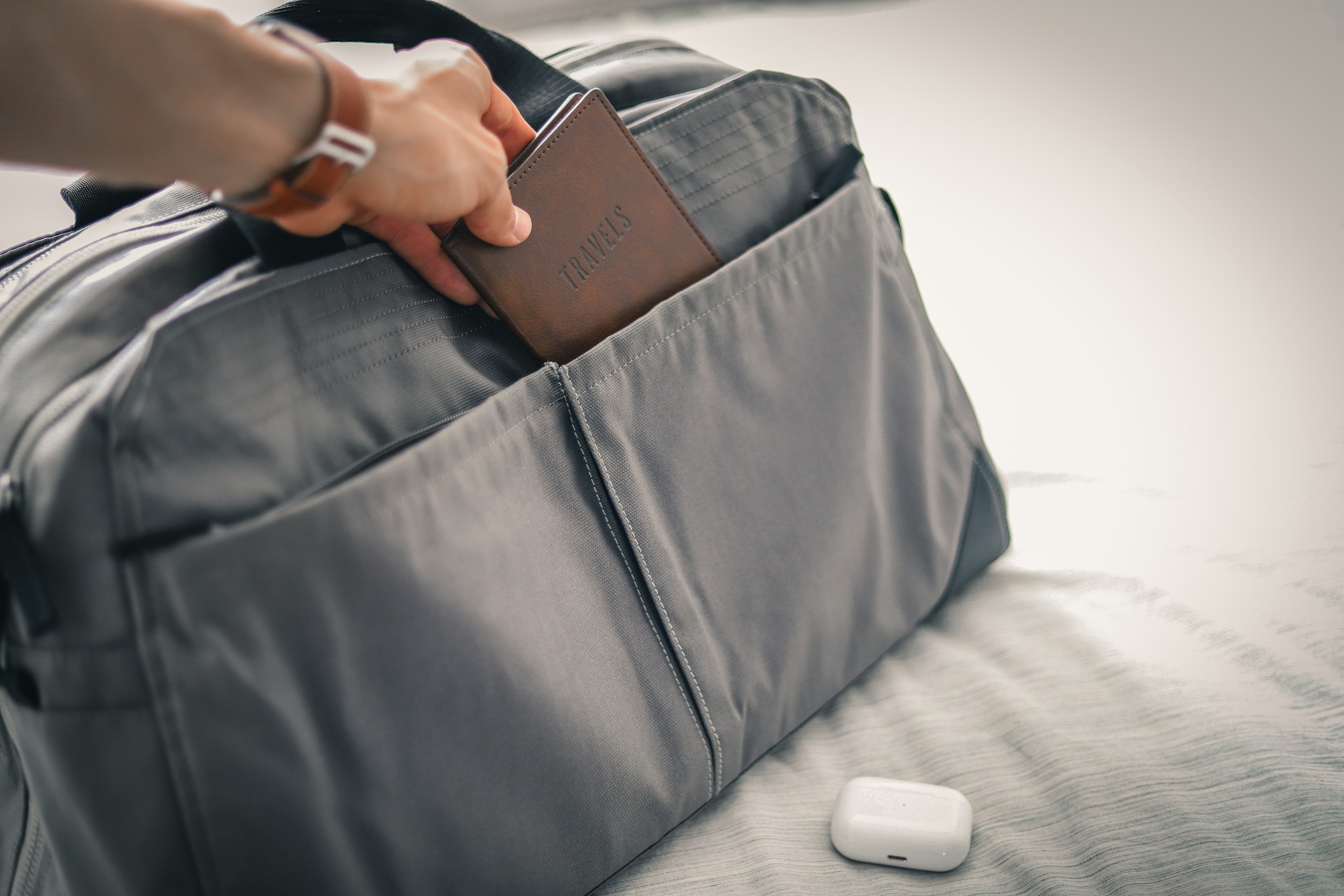
If you love the idea of breezing through the airport, no checked bags to slow you down, this one is for you! Just you, your trusty carry-on luggage, and the open road (or sky, rather). The freedom of carry-on travel is undeniable – no waiting at baggage claim, no lost luggage anxiety.
But wait…did you pack everything you need? And is your bag going to make it past those eagle-eyed airline staff at the gate? Don’t sweat it! We’ve got you covered with this cabin baggage cheat sheet, filled with tips, tricks, and insider knowledge to help you master the art of carry-on travel.
Carry-On Luggage Size: Know Before You Go
The first rule of carry-on club? Know the size limits! These can vary slightly between airlines, so it’s always best to double-check before you fly. However, here’s a quick reference for some popular U.S. carriers:
- American Airlines Carry-On Size: 22″ x 14″ x 9″ (including handles and wheels)
- Delta Carry-On Size: 22″ x 14″ x 9″ (including handles and wheels)
- Southwest Carry-On Size: 24″ x 16″ x 10″ (including handles and wheels)
- United Airlines Carry-On Size: 22″ x 14″ x 9″ (including handles and wheels)
Remember: these dimensions typically include any handles and wheels, so make sure you measure your bag accurately!
Beyond the Basics: Understanding Personal Items
Most airlines also allow you to bring a personal item in addition to your carry-on. This could be a purse, laptop bag, small backpack, or similar item. It’s essential to be aware of the size restrictions for personal items as well, as they are generally smaller than carry-on bags. A good rule of thumb is to ensure your personal item can fit comfortably under the seat in front of you.
Carry-On Luggage Rules: Liquids, Gadgets, and Other Goodies
Aside from size restrictions, there are a few other carry-on rules you’ll need to be aware of:
- Carry-On Liquid Size: The TSA’s 3-1-1 rule applies to carry-on liquids. This means containers must be 3.4 ounces (100 milliliters) or smaller, fit in a 1-quart-sized bag, and be limited to one bag per passenger. Remember, this includes items like toothpaste, shampoo, conditioner, and even some makeup products.
- Electronics: Laptops and other large electronics usually need to be removed from your bag and placed in a separate bin for security screening. It’s a good idea to have these items easily accessible in your carry-on to speed up the process.
- Other Restrictions: Some items, like sharp objects and certain sporting equipment, are generally not allowed in carry-on bags. It’s best to check the TSA website for the latest information on prohibited items before you pack.
- Medications & Baby Supplies: You are allowed to bring essential medications and baby supplies in your carry-on, even if they exceed the 3-1-1 liquid rule. However, it’s recommended to declare these items to the TSA officer at the security checkpoint for inspection.
What to Look for in a Good Carry-On Bag
Choosing the right carry-on bag is key. But suitcase or backpack…that is the question!
- Suitcase: If you prefer to wheel your luggage around, a hard-shell suitcase can offer great protection for your belongings. Look for one with 360-degree spinner wheels for easy maneuverability, a durable outer shell, and a well-organized interior with compartments and dividers.
- Backpack: If you’re planning on doing a lot of walking or navigating stairs, a backpack might be a better option. Choose one with comfortable straps and plenty of compartments for organization. Look for features like a padded laptop sleeve, water bottle pockets, and a front-loading design for easy access.
Ultimately, the best carry-on bag for you depends on your personal preferences and travel style. Consider factors like the length of your trip, the type of activities you’ll be doing, and how much you typically pack.
How to Efficiently Pack Your Carry-On
Packing efficiently is an art form, but here are a few tips to get you started:
- Roll, Don’t Fold: Rolling your clothes instead of folding them can save a surprising amount of space and help prevent wrinkles.
- Use Packing Cubes: Packing cubes are a game-changer for carry-on travel. They keep your belongings organized, compressed, and easy to find. Consider using different colored cubes for different categories of items.
- Wear Your Bulkiest Items: If you’re packing bulky items like a jacket or boots, wear them on the plane to save space in your bag. This also frees up room in your carry-on for other essentials.
- Minimize Toiletries: Take advantage of the hotel’s toiletries or pack travel-sized versions of your essentials. You can also purchase reusable travel containers and fill them with your favorite products.
- Plan Your Outfits: Create a capsule wardrobe for your trip, choosing versatile pieces that can be mixed and matched to create multiple outfits. This will help you avoid overpacking.
- Utilize Every Nook and Cranny: Stuff socks and underwear into shoes, fill gaps with accessories, and use the inside of hats to store small items.
- Leave a Little Extra Space: You never know what souvenirs or treasures you might find on your travels. Leave a little extra space in your bag to accommodate any unexpected purchases.
Additional Tips for Carry-On Success
- Weigh Your Bag Before You Go: Avoid any surprises at the airport by weighing your bag at home before you leave. This will ensure you’re within the weight limits and prevent any last-minute repacking.
- Keep Essentials Handy: Pack a small pouch with essentials like your passport, wallet, phone, and any necessary medications. This will make it easy to access these items during your travels.
- Be Prepared for Security: Have your liquids bag and electronics easily accessible for security screening. This will help you move through the process quickly and efficiently.
- Check for Airline-Specific Rules: While we’ve covered the general carry-on rules, it’s always a good idea to check your airline’s specific carry-on policies before you fly. Some airlines may have additional restrictions or allowances.
Ready to Roll?
With a little planning and these handy tips, you’ll be a carry-on champion in no time. Happy travels!

